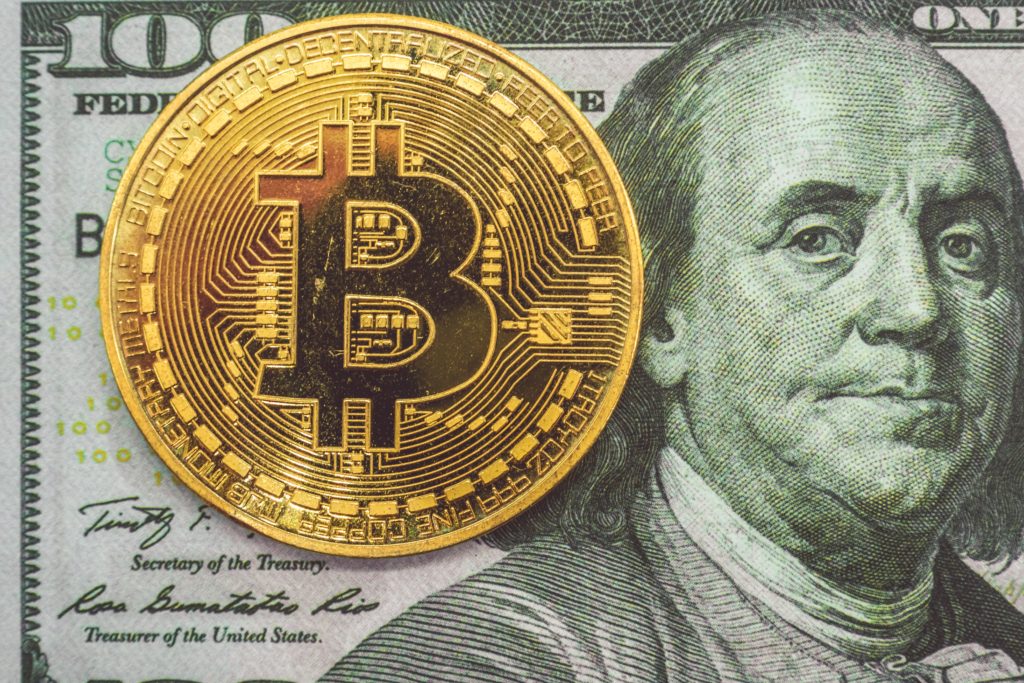
In today’s society, when something happens in the news or the public eye, where do you go?
You turn to the Internet.
However, the Internet itself is far from an objective source. A single Google search, one comment thread on a viral social media post, and suddenly a reader’s perspective loses context. This might be what one publication or one subsection of a fanbase is talking about, but is this niched narrative an accurate reflection of the full crowd?
When it comes to news, current events, and pop culture, the question isn’t “who said what.”
The real questions are, “Based on what everyone is saying about a specific topic, what is the complete story? How are people feeling about it? How has the conversation changed over time? And most importantly, what is the bias of those contributing to the conversation?”
No one knows this issue more intimately than celebrities, artists, producers, and industry leaders who spend their lives watching narratives about them unfold before their very eyes. While everyday content consumers see the Internet and its vast library of content as a rotating carousel of stories, public figures see it as a reflection of the things they create—and in turn, an aspect of themselves.
Some of the stories capture their narrative perfectly.
Others leave it distorted.
And for as long as anyone can remember, these two worlds—outlet and subject, platform and person—have been separate.
Here’s how blockchain technology wants to change that, for good.
Ryan Lewis, the famed producer known for his talents alongside breakout musician and independent hip-hop artist, Macklemore, has lived a life in the limelight. From winning a Grammy for Best Rap Album of 2014, to being involved in handfuls of tangential creative endeavors and collaborative projects, Lewis has seemingly lived two lives: his own, and the perception created as a result—across news outlets, industry blogs, and social media channels, each telling his story from their own angle and perspective.
Lewis, who has a track record of applying technology and an understanding of the role it can play in creating public conversations, saw this as an opportunity to answer that tough question: “What’s at the heart of what everyone is saying about a topic or a person online?”
And he’s decided to leverage blockchain technology to do it, with a handful of early investors already on board and an ICO (Initial Coin Offering) planned for this year.
“As soon as this idea started to marinate, I began to form a team to move the vision forward,” said Lewis, talking about his deliberate shift from time spent on music to balance time in the tech scene. “I’ve always had an interest in tech, just by the nature of the projects I’ve been involved in over the past decade. And one of the biggest lessons I’ve learned as a music producer is that a great producer knows what they’re good at and what they’re not good at. As I began to realize there could be a better way to more accurately and objectively organize stories on the Internet, I knew I needed a team.”
Together, they have built a tight-knit team of technologists, journalists, and entrepreneurs who saw the vision. RedPen, as Lewis and Smith called it, wants to take a “red pen to the Internet.”
“These were problems I was already working on,” said Smith. “To meet another person with a ton of talent and a different set of skills, but with a shared passion, was invaluable. The challenges in a new start are humbling, and it was exciting to join forces with Ryan and other team members to execute this huge vision together.”
When I asked Lewis why he chose to go the ICO route and build RedPen on the blockchain, he said, “The technology is perfect for what we’re looking to solve, which is how to navigate mass content online. We’re utilizing blockchain technology to build the first decentralized open source reputation, foundational to our entire platform. I believe this could fundamentally change the internet.”
He went on to explain that the way we communicate with each other today, in 2017, is very different than how things were in 2007, or even 1997. And now is the time to start questioning how we can take the fundamental building blocks that have made the Internet so fruitful, and refine them.
If anything, blockchain tech aligns perfectly with Lewis’ history of taking the road less traveled and doing things independently.
“A lot of celebrities will act as influencers and co-sign projects for a quick buck. I’m not endorsing RedPen—I’m creating RedPen alongside a powerful team. This is an idea that came from consuming mass media, like everyone else, but also watching my own narrative change from platform to platform in the public eye. I couldn’t be more excited to be working with such talented team members bringing a huge vision to life,” said Lewis.
This article was originally published on The Huffington Post on November 1, 2017.

















This design is steller! You certainly know how to keep a reader entertained.
Between your wit and your videos, I was almost moved to start
my own blog (well, almost…HaHa!) Great job. I really enjoyed what you had
to say, and more than that, how you presented it. Too cool!
Hi! I’m at work surfing around your blog from
my new apple iphone! Just wanted to say I love reading through your blog and look forward
to all your posts! Keep up the outstanding work!
hydroxychloroquine brand name https://chloroquine1st.com/